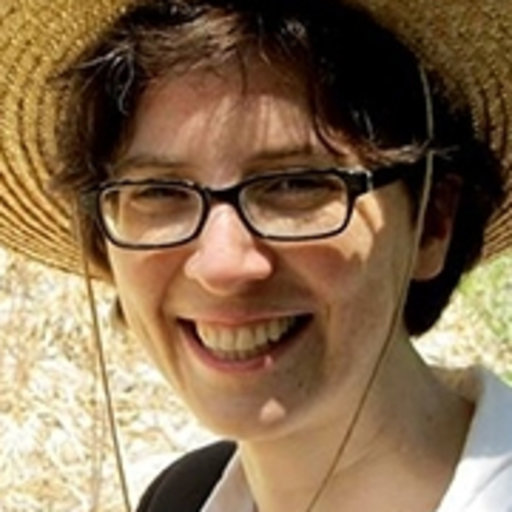Affiliation: Dartmouth College

Julie Hruby is Assistant Professor of Classics at Dartmouth College, and holds her degrees from the University of Cincinnati (Ph.D. and M.A.) and Duke University. Her research interests include Aegean Bronze Age archaeology, ancient craft production and producers, food, cuisine and feasting, and ancient gender and class structures. Professor Hruby is the recipient of a 2018-2020 New Directions Fellowship from the Mellon Foundation, which will allow her to train in advanced forensic techniques in order to match fingerprints from ancient objects and apply computational analysis to determine aspects of an object’s maker such as gender and age. Her publications include From Cooking Vessels to Cultural Practices in the Late Bronze Age Aegean (co-editor with Debra Trusty, Oxbow Press, 2017) and Pylos: The Pantries of the Main Building (in preparation).
Understanding who ancient artisans were, how they learned their craft, and how artisinal labor was organized has long been of interest to both professional archaeologists and the wider public. A new tool that can be brought to bear on this question is that of dermatoglyphics, or fingerprint analysis. Prints were accidentally embedded in ancient plaster, lost-wax cast bronzes, and most frequently, ceramics before they were fired.
Ceramic sculpture ranging in size from figurines to nearly life-sized preserves the prints of those who made it. A combination of traditional and new dermatoglyphic techniques allows us to evaluate not only questions about which individuals made which objects, but also to see firsthand evidence of apprenticeship. Prints from ceramic sculpture originating at sites in the Argolid and Corinthia allows us to begin to discuss these issues in more concrete terms than has previously been possible.
Short bibliography and/or website on lecture topic:
Åström, P., and S. Eriksson. 1980. Fingerprints and Archaeology. Studies in Mediterranean Archaeology 28. Göteborg: Paul Åström’s Förlag.
Hruby, J. 2011b. “Ke-ra-me-u or Ke-ra-me-ja? Evidence for sex, age, and division of labour among Mycenaean ceramicists.” In Tracing Prehistoric Social Networks through Technology: A Diachronic Perspective on the Aegean, edited by A. Brysbaert, 89–105. New York: Routledge.
Kamp, K., N. Timmerman, G. Lind, J. Graybill, and I. Natowsky. 1999. “Discovering childhood: Using fingerprints to find children in the archaeological record.” American Antiquity 64 2: 309–315.
Králík, M., and V. Novotný. 2003. “Epidermal ridge breadth: an indicator of age and sex in paleodermatoglyphics.” Variability and Evolution 11: 5–30.
For generations, Greek archaeologists interested in ceramics have mostly focused on the “pretty” kind, usually painted vessels that have been assumed to have changed quickly over time, making them good chronological indicators. Cooking pots and other plainer vessels have received much less attention. More recently, however, as we have started to focus on questions about how people in ancient cultures used objects and activities to build their own identities and shape their lives, we have started to realize that the “ugly” pottery is far more important than it traditionally has been considered to be.
One of the main ways that has happened is that we now recognize that feasting and food consumption practices were critically important in antiquity. Both hosts and attendees used food as a means to practice and display their economic, political, ritual, and social personas. For the prehistoric period, we have limited textual evidence for cuisine and for feasts, but we have vast quantities of the kinds of pottery used to cook, serve, and consume food. By examining the types of pots used at different sites, we can reconstruct what was cooked, how it was cooked, how it was served, and how each of these issues varied based on the socioeconomic class of the people consuming the food.
Short bibliography and/or website on lecture topic:
Hruby, Julie. 2017. Finding haute cuisine: Identifying shifts in food styles from cooking vessels. From Cooking Vessels to Cultural Practices in the Late Bronze Age Aegean, Hruby, Julie and Debra Trusty, eds. Oxford and Philadelphia: Oxbow Books. ISBN 978-1-78570-632-5 (print) and 978-1-78570-633-2 (epub). p. 15-26. (References, pp. 151-168).
https://www.academia.edu/38114544/Finding_Haute_Cuisine_Identifying_Shifts_in_Food_Styles_from_Cooking_Vessels